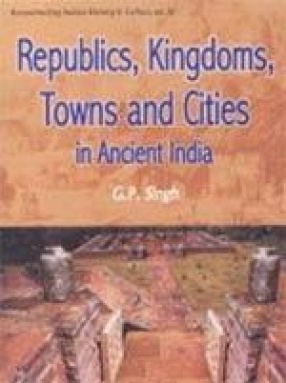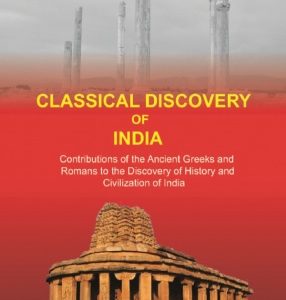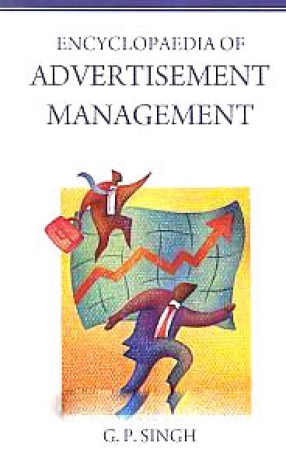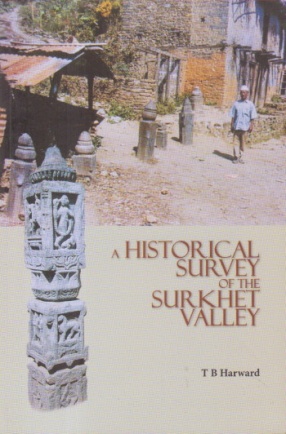Ancient Indian polity took a new turn with the emergence of republics in the post-Vedic age. The history of republics covers the period from the age of the Mahabharata to the fourth century AD. Dr. G.P. Singh here comprehensively, yet incisively, studies the rise, growth and fall of republics in ancient India during the period. He has also dwelt upon the rise and expansion of kingdoms and growth and decline of towns, cities and various urban centers in different parts of the Indian subcontinent at length. The work traces the pattern and functioning of republican governments at the time of the Buddha (sixth and fifth centuries BC) Panini (fifth century BC), Kautilya (fourth century BC), Alexander (327-325BC), the Mauryas (321-184BC) the Sungas (184-72 BC) and the Guptas later. The research is based on the in-depth study of the epics, the Puranas, and Buddhist and Jaina sources which are supplemented by Greek and Roman writings, Sanskrit literary evidence and epigraphic & numismatic discoveries. It delves deep into modes of expansion of territories, factors leading to urbanisation and urbanisation patterns, and town planning. It presents a picturesque description of the urban centres of north-western India primarily based on Greek and Latin sources and pays special attention to dates related to founding of republics and cities, their extent, their functioning as administrative and religious centres, the problem of their identification and references to them in works, and their place in the wider framework of ancient Indian polity. The book will be useful to scholars and students interested in the study of ancient Indian polity and urban history.
Classical Discovery of India: Contributions of the Ancient Greeks and Romans to the Discovery of History and Civilization of India (In 2 Volumes)
Of all the countries of the ...
$124.20
$138.00








There are no reviews yet.